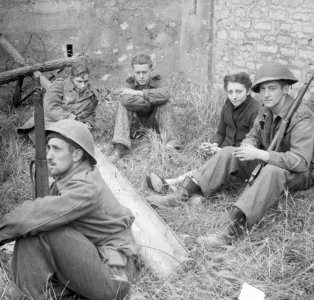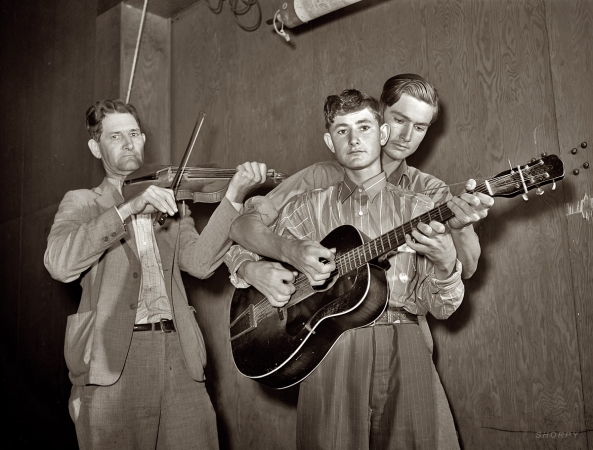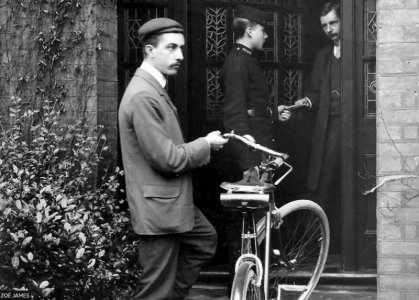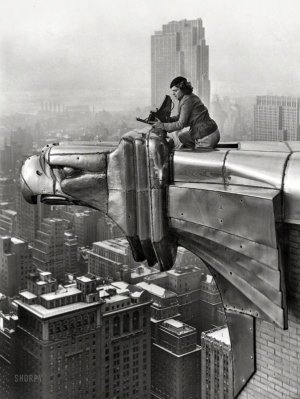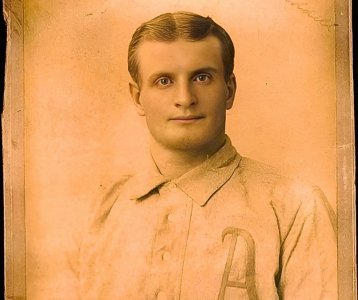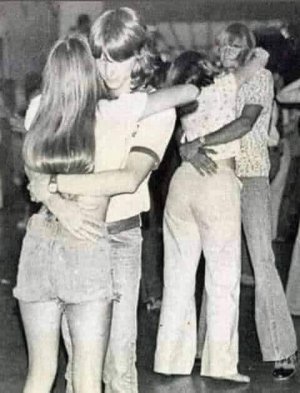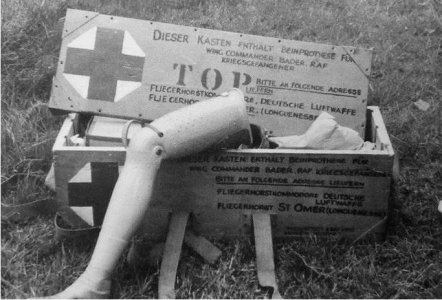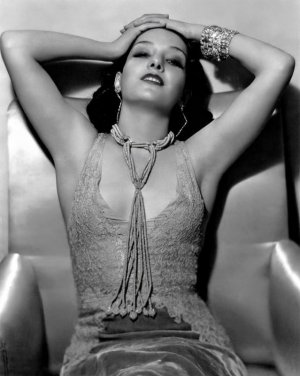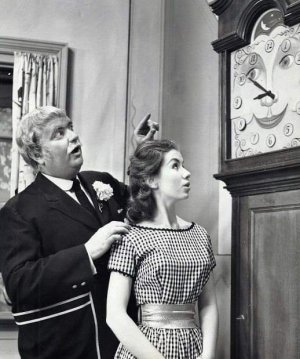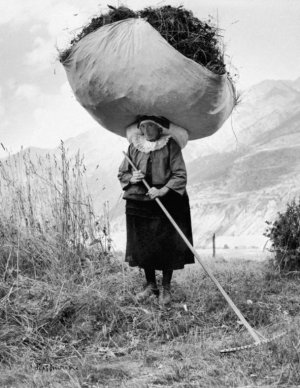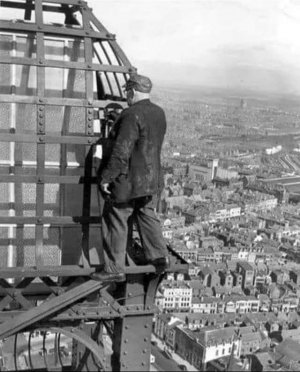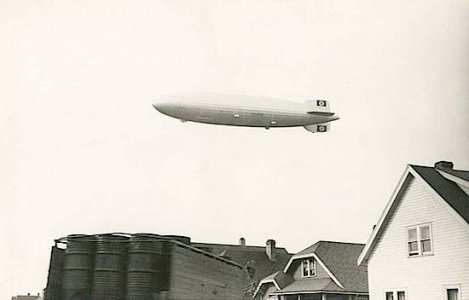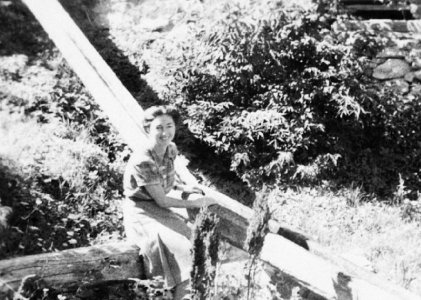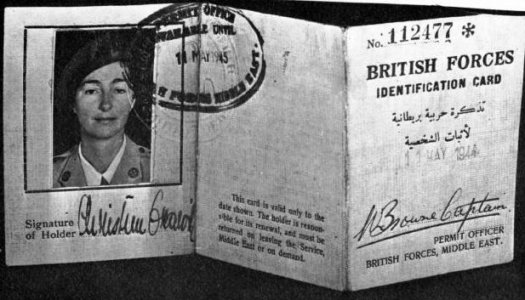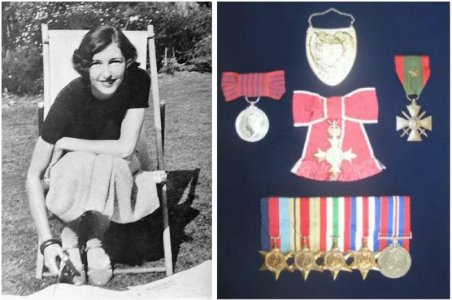Imagine a baseball player so eccentric that he would dash off the field mid-game to chase fire trucks. Welcome to the life of Rube Waddell, an early 1900s baseball legend whose antics are as fascinating as his athletic prowess.
Waddell's unpredictable nature made him a magnet for chaos. Opposing fans discovered his love for puppies and began bringing them to games, knowing he couldn't resist abandoning the pitcher's mound to play with the adorable distractions.
Lee Allen, a renowned sportswriter, once chronicled Waddell's 1903 season, which reads more like a Hollywood script than a sports biography. Waddell started the year sleeping in a Camden firehouse and ended it tending bar in Wheeling. In between, he won 22 games for the Philadelphia Athletics, starred in a melodrama where he improvised his lines, got married and separated, saved a woman from drowning, accidentally shot a friend, and even got bitten by a lion.
His quirks didn't end there. In 1905, his roommate and catcher, Ossee Schreckengost, demanded a clause in Waddell's contract to prevent him from eating crackers in bed—a deal-breaker born out of sharing the same bed during road trips. That same year, Waddell injured himself trying to destroy a straw hat, costing him a World Series appearance. Despite this, he clinched a Triple Crown in pitching and would have claimed the Cy Young award, had it existed, over the legendary Cy Young himself.
Waddell's life, marked by brilliance and absurdity, ended at just 37 years old due to tuberculosis, fittingly on April Fool’s Day, 1914.
View attachment 357282
